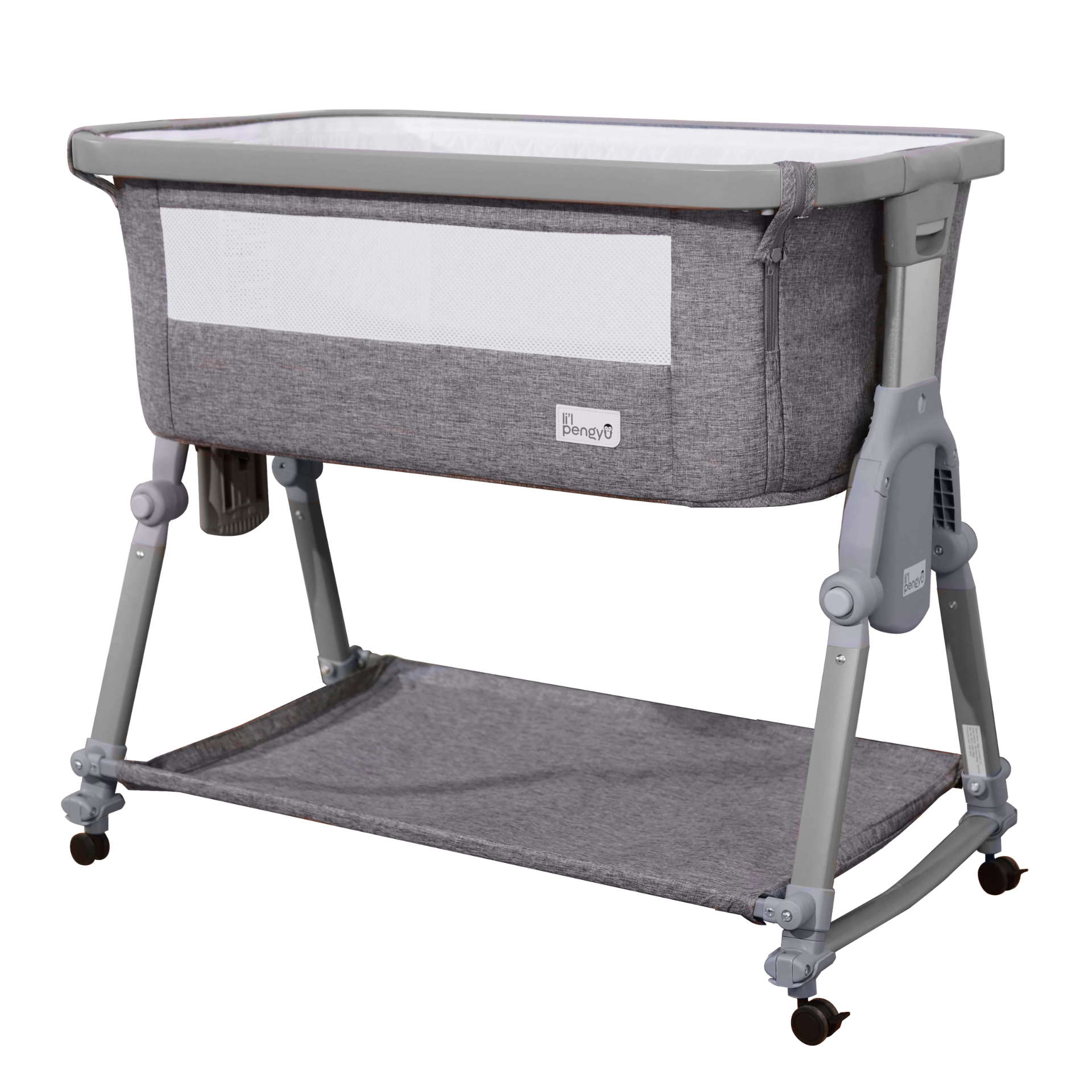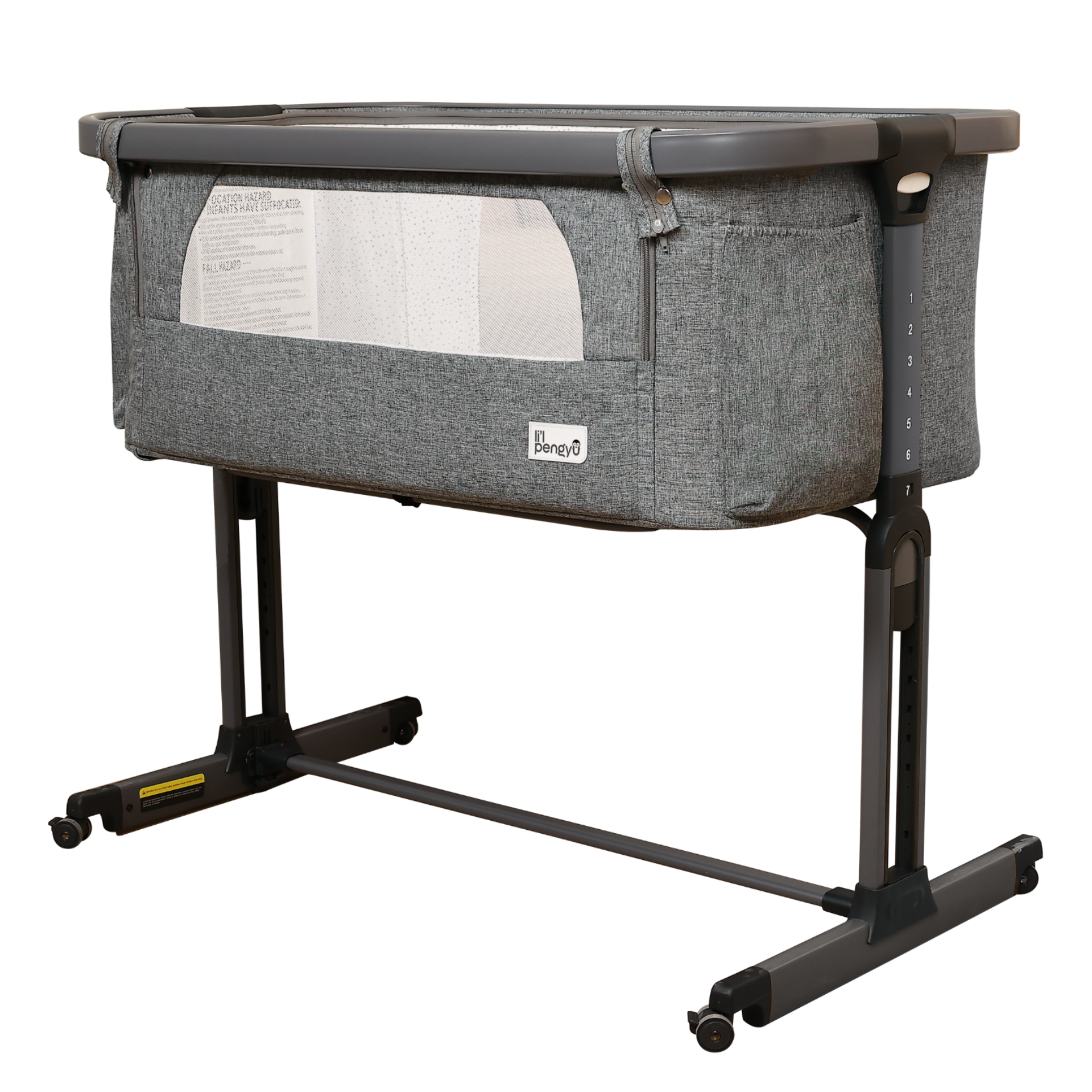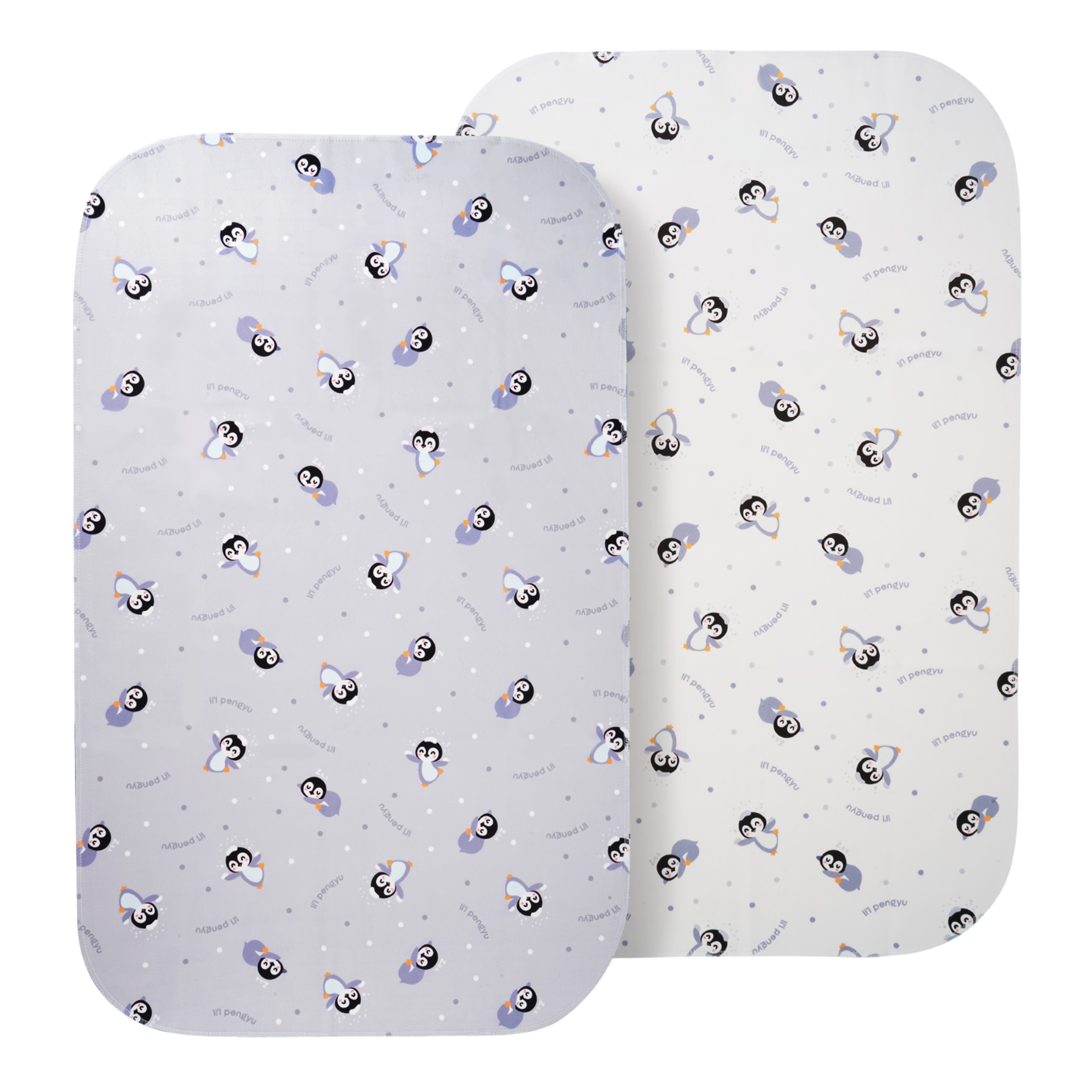Instead of stocking up on purees, there may be a better way to introduce solid foods to your baby

Perhaps one of the easiest things you’ll do as a new parent is create a menu for your baby. This is because, for their first six months or so, there’s really only going to be one thing on it: breast milk or formula (or perhaps both). But once they hit that half-year mark, it’s time to start thinking about varying their diet.
This doesn’t mean that you must stock up on tiny jars of baby food. Instead, it may be in everybody’s best interests if you feed your baby what everybody else in the family is eating – with some modifications, of course. This is the crux of baby-led weaning, and it can be a very effective way to introduce solid foods to your baby when they’re ready.
How does baby-led weaning work?
You know that whole “here comes the airplane” bit in which a parent tries (often futilely), to get a baby to take a spoonful of mush? Well, that’s not how baby-led weaning works. With this autonomous method, you let your baby take control. Essentially, whatever everybody else is having (as long as it’s safe for your baby), is what you’ll give them to eat in bite-sized morsels.
“You’re incorporating baby into family mealtime from the get-go, allowing your baby to eat some of the same foods that the rest of the family is eating,” says pediatrician Dr. Kimberly Churbock.
When can you start baby-led weaning?
Baby-led weaning can usually begin at around six months old as that is the recommended age the Dietary Guidelines for America and the American Academy of Pediatrics (AAP) suggest starting solid foods. If your baby can sit upright with minimal support, grab things, and bring them to their mouth, these are clear signs that you can get started. For most babies, these developmental milestones happen around six months. Babies born early or premature may need to start a little later.
Benefits of baby-led weaning
In addition to not having to fill your cabinets with jars of puree, baby-led-weaning has many other benefits, including:
1. Exposure to different tastes and textures
Those pureed baby foods may have some merits but they don’t offer a lot of variety, especially when it comes to textures. When you expose your baby to many different types of foods early on, they will get accustomed to eating them, which can reduce their pickiness.
2. The formation of healthy eating habits
While babies may not seem like they know a whole lot, they certainly know when they’re hungry – as well as when they’re full. Says Dr. Churbock: “Over time, they can self-regulate. They’re not going to overeat because they’re in control of what’s going in their mouth and what they’re swallowing.”
3. Development of fine motor skills
Just grabbing a piece of food may not seem like a big deal, but for a baby, it is. Picking something up, bringing it to their mouth, and chewing and swallowing all involve fine motor skills, and these are things they can practice at every meal.
4. Learning social skills
Babies are little sponges, soaking up everything they see, and mealtimes allow them to basically learn how to eat in a social setting. “Whenever possible, it’s wonderful for families to eat together,” says Dr. Churbock. “That way babies can see a role model for how to chew, how to swallow. They learn a lot by watching us eat.”
5. Money and time savings
Baby food is pretty cheap, but over time, it can certainly add up. If your baby eats what the rest of the family eats, this is an expense you won’t have to worry about. You also won’t have to go to too much trouble preparing a different meal for your baby.
What should you feed your baby?
As mentioned, with baby-led weaning, your baby will essentially eat what everybody else eats. However, for a while, this may need to be reversed – everybody else will eat what the baby does. This is because foods need to be appropriate, and this means passing the squish test. If you can squish a food item on the roof of your mouth with your tongue, it’s good to go. Here are some appropriate foods to use during baby-led weaning:
- Soft, ripe fruits, such as bananas, pears, kiwis, and melons
- Well-cooked vegetable sticks, including steamed carrots, sweet potatoes, and zucchini
- Whole-grain or vegetable pasta that can easily be grabbed, like penne or fusilli
- Ground meat
- Hard-boiled eggs
- Rice balls
- Lentil patties
- Pieces of tofu
- Dips like hummus or guacamole
It’s very important to eliminate all possible choking hazards, so this means no hard vegetables or fruits.
Baby-led weaning tips
Beginning baby-led weaning couldn’t be simpler, as you’re basically just putting food in front of your baby. While you could use a bowl or a plate, putting food directly on a highchair tray or table is fine, too. Because you don’t want your baby to get overwhelmed with all the new stuff they’re seeing, grabbing, and tasting, try to wait a few days between introducing new foods. This is also highly recommended as a way to figure out what they might be allergic to.
Even if your baby seems to get the hang of self-feeding pretty early, they should never be left unsupervised. You should also know that gagging is perfectly normal, and this is especially common when a baby consumes a new flavor or texture for the first time. As they gain more experience eating solid foods, they should start to gag less often.
At Li’l Pengyu, we understand the challenges of parenthood
At Li’l Pengyu, we understand that being a first-time parent can be difficult, which is why we aim to make things easier. Our bassinets and playpens are designed to be simple to assemble, easy to transport, and safe. See everything we offer here.






